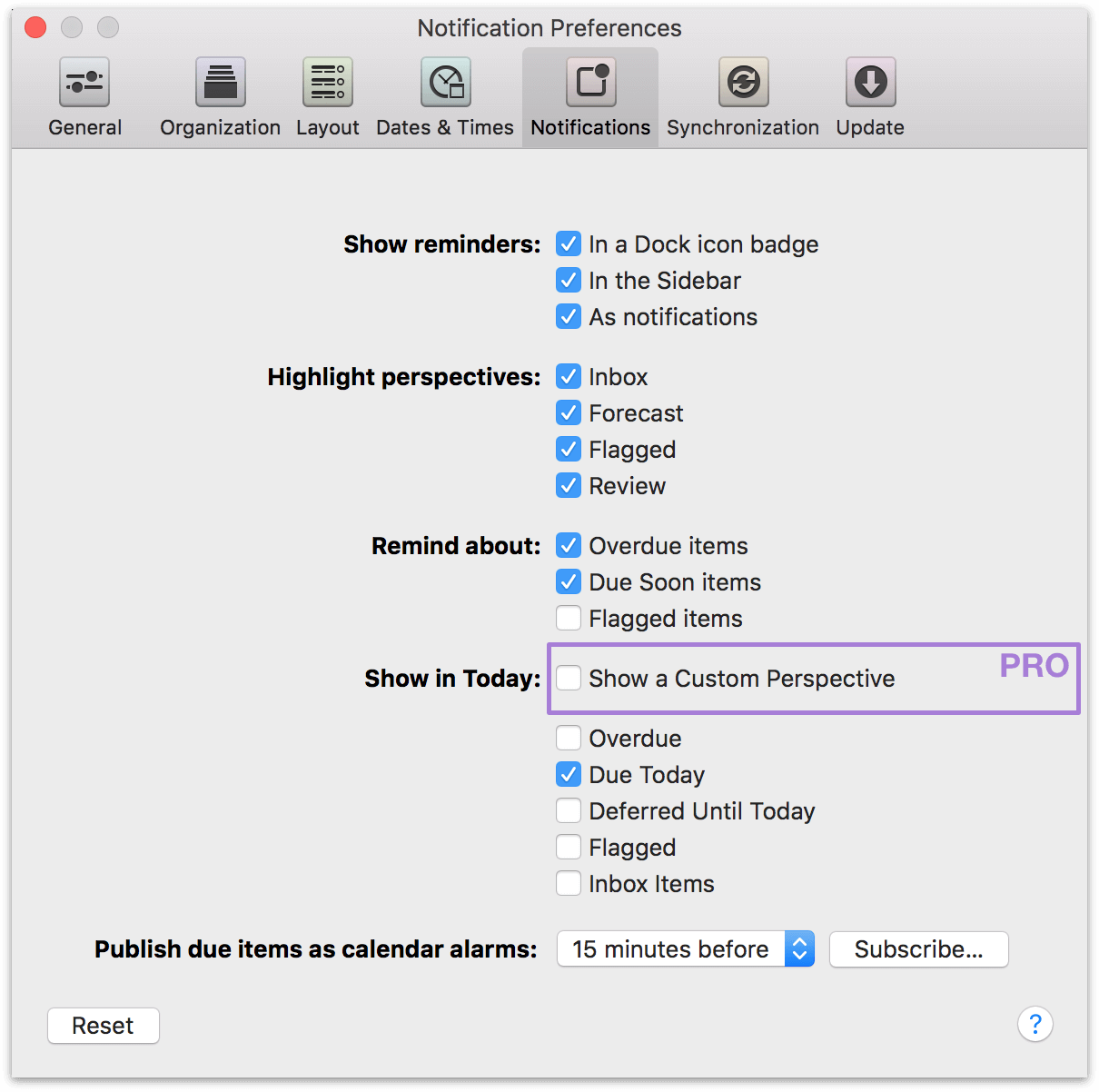

While Things 3 doesn’t allow nesting of tasks like OmniFocus does, it does allow you to add a simple checklist to a task. This drops you directly into the next new task while submitting the one you just entered. At first I thought that Things 3 didn’t have a way to add many tasks quickly but then I accidentally pressed CMD + N once I was finished entering my first task. This allowed me to add a task, and then jump directly into the next task. One of the features I loved in 2Do was the little “lightning” icon at the top of a task entry.
#Things 3 vs omnifocus 2 how to#
You’ll understand how to interact with it and really not be missing anything that you may need in a standard workflow for productivity. Step through the project and you’ll get a good tour of the interface of Things. Things 3 built in project to teach you Things about Things 3 It does a great job of introducing you to 99% of what you’ll be doing with Things 3, without overwhelming you with that extra bit of power that’s under the hood. Getting started with Things 3, they have a nice task walk through in the form of a project in Things that you can step through. Without further delay, let’s dig into Things 3. In fact, it might as well be dead to many users now as so many people move to a tablet only workflow. If there is some feature that you can do in macOS but not on iOS, it might as well be dead to me. I’ll be exclusively looking at how Things 3 works on an iPad and an iPhone. I won’t even be looking at Things for macOS, so if that’s where you’re at this may not be the perfect review for you. I record podcasts, and edit YouTube content all from my iPad. Yes you read that right, I build websites using my iPad. I podcast and do YouTube videos and I do all this as an iOS first user. I manage my own book projects and client writing projects, alongside projects for web development clients. After sitting out for a while I because I wasn’t sure they’d keep it up, they’ve regained my trust such that I could recommend Things as a great task manager that someone could use for the long term.Īs we dig into Things 3, it’s important for you to understand exactly where I’m coming from.
#Things 3 vs omnifocus 2 update#
Luckily, with the introduction of Things 3, we have seen a great update pace. In fact, the delay in updates to Things was so bad that I wondered many times if the company was going to be around at all.
#Things 3 vs omnifocus 2 code#
After that I switched to OmniFocus for a while, in large part because it took way too long for Cultured Code to get in the game with a good sync system for tasks. At the time Things was a great task manager given the constraints of the day. I remember, not fondly, syncing tasks via WiFi with my computer and my iPod Touch. Way back when Things first came out I was a user of their platform. Today we’re going to do a fairly extensive walk through with Things 3 from Cultured Code. I had heard so many good things about it and hadn’t looked at it in years. My Analogue Productivity system didn’t feel like it was cutting it so I turned to Things 3. One content client, and then 3 other clients I write for monthly that need work shipped. This was on top of working on The Freelancer’s Guide to Getting Started and doing my regular podcast and YouTube work.Īs I finish this off and ship it, I’m in a similar boat with 2 development clients. I started this review in late September 2018 when I had 3 code projects going, 6 writing assignments for a single client, and 3 other writing assignments going. While I’ve been reliant on paper based productivity for a while now, there is something about a digital task manager that still seems useful to me during times that my business is ramping up in complexity. February 11th, 2019 This is NOT a complete review of Things 3


 0 kommentar(er)
0 kommentar(er)
